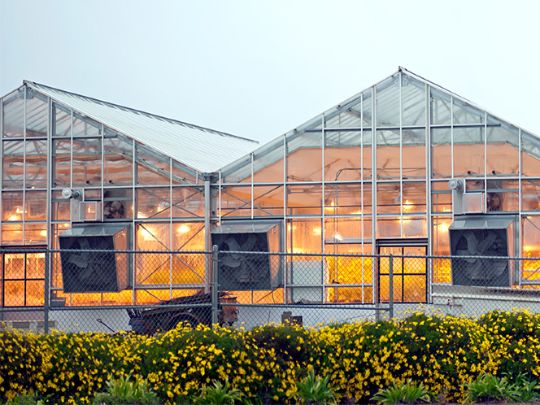With increasing urbanization, mounting cost pressures, and demand for improved quality of life, there is now a global move towards infrastructure consolidation, upgrade, and continuous improvement.
There is now a greater need than ever for city and facility managers to:
- Deliver operational agility and resiliency
- Increase operational efficiency, reduce energy and operational costs
- Transform work practices and increase collaboration
- Optimize asset reliability, minimize risk and improve safety
- Realize ESG goals and regulatory compliance, reduce emissions
Staying ahead of the game: A transformative, integrative approach to the Infrastructure Value Chain
Infrastructure provides a critical connection to businesses, communities, people, and quality of life on a global scale. It drives economies across the world. In order to stay competitive, every nation must move people, goods and data efficiently while delivering energy and water resources in a safe, reliable and sustainable manner.
Download this Whitepaper that focuses on how a transformative “System of Systems” integration approach supports centralised control to increase visibility and improve decision-making across sites

Improving operational efficiency through the breaking down of historical information silos, seamlessly aggregating data from a plethora of hardware and software sources, and delivering valuable, contextual and actionable insights, is what complex automation projects involve.
Across cities, campuses, buildings and facilities, this challenge is magnified by the interconnected, real-time nature of the systems and processes being monitored and controlled – either centrally, or remotely – and the expectations of people relying on these systems to participate in day-to-day life.
Running modern cities and facilities infrastructure can include the management of assets such as buildings and campuses, transport stock (buses, trams, and trains), power distribution, bridges and tunnels, lighting, security and surveillance equipment, and increasingly, data centers, Wi-Fi, and communication networks.
The combination of assets with connected devices, and most importantly, the data captured for each of these assets, introduces the need for technology solutions to harmonize disparate data, as well as provide a single view into maintenance needs, downtime predictions, and scheduling of proactive maintenance.
The focus on cities and facilities to become “smart” is increasing the demand for centralized Command and Control Centers.
Private companies have been implementing Operation Centers for many years. Few private companies, however, have the complexity of disparate data silos, multi-vendor system architectures, and the sheer number of many millions of citizen consumers and multitudes of tenants relying on their infrastructure to participate in an economically viable and functioning society.
Explore Products by Solution
See What We Have Done for Your Peers
Learn more about how AVEVA is helping cities and facilities worldwide become smarter, more sustainable and more resilient, while lowering operational costs

City of Barcelona
To optimize the availability of its resources, the City of Barcelona sought to better manage water consumption for irrigation and public use. Using a customized SCADA system from AVEVA, the city was able to centralize all infrastructure systems and use real-time information to manage, maintain, and plan for everything from the sewage network and ground water to city fountains, coastline, and drinking water.

UC Davis
The University of California Davis uses the PI System to improve campus-wide energy efficiency. By collecting real-time data on its energy usage, UC Davis plans to achieve net-zero emissions by 2025.